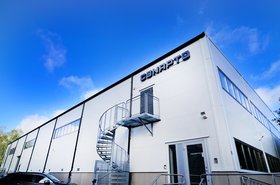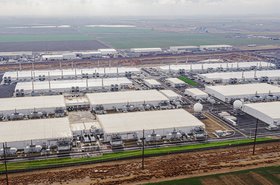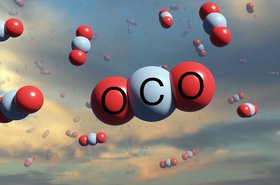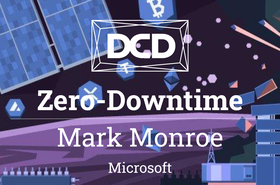Microsoft has announced that it is partnering with Ecotricity to make its data center region in New Zealand (ANZ) powered by 100 percent renewable electricity.
The partnership with the sustainable electricity retailer will mean the facility will rely on energy from solar, wind, and hydro sources.
The data center's exact location has not been disclosed, nor has its planned launch date.
The announcement is a step toward Microsoft’s sustainability goals to match 100 percent of its electricity consumption with renewable energy purchases globally by 2030.
Microsoft claims that according to a 2018 study they commissioned WSP, an engineering services company, to conduct, using the Microsoft Azure cloud platform can be up to 93 percent more energy efficient, and 98 percent more carbon efficient than on-premise solutions.
“This is why Microsoft is so committed to changing the way we power our data centers and would encourage others to do the same,” said Brett Shoemaker, director of sustainability at Microsoft ANZ.
“But we also recognize it’s hard to leap straight from today’s power generation model to a completely decarbonized electricity grid. We all need to make a transition, which will involve strategic investments and changes in procurement practices.”
The study admits, however, that its claims of carbon efficiency include Microsoft’s renewable energy purchases. Based on energy efficiency alone, the cloud platform remains 52-79 percent more efficient than on-premise solutions.
The study goes on to state that "for the purposes of discussion in this paper, the study assumes on-premises deployments are located in the United States, whereas the Microsoft Cloud emissions are based on the average carbon intensity of the electric grid in the locations where Microsoft data centers host a given service.” This makes a direct regional comparison difficult.
The company has also committed to ending its dependence on diesel fuel for backup power generators by 2030, and is currently looking into ‘cleaner’ fuels and the possibility of using long-duration batteries.
The company also expanded its partnership with company Climeworks in July to remove 10,000 tons of carbon over the next decade - roughly equivalent to the emissions of 62.5 US citizens over a decade. It entered into a similar deal with Heirloom.
However, as it develops sustainability initiatives, the company's data centers still consume large quantities of power and water. This month it was revealed that its Dutch data center used 84 million liters of drinking water last year, despite initially claiming it would only need 12-20 million. These numbers look set to be even higher this year, amid record temperatures and a widespread drought.







